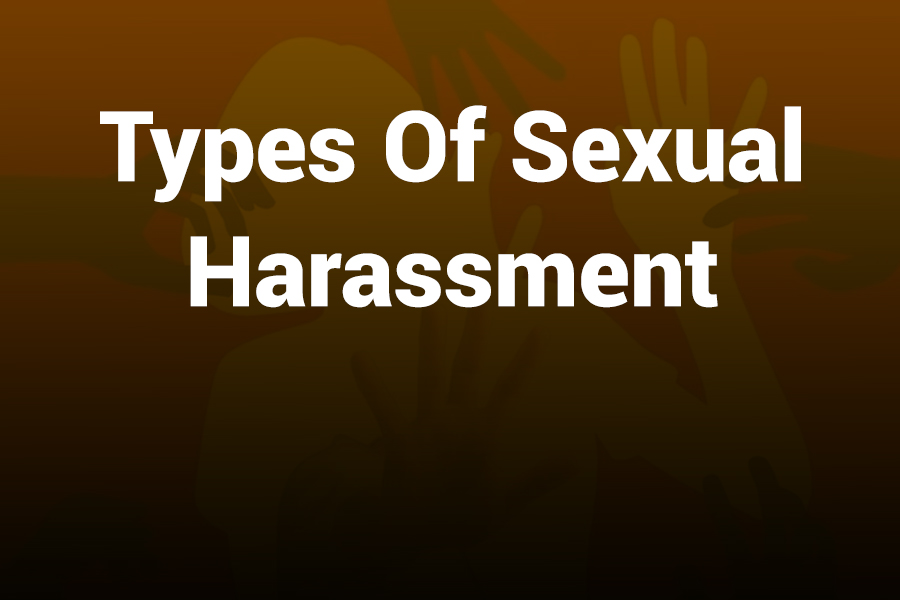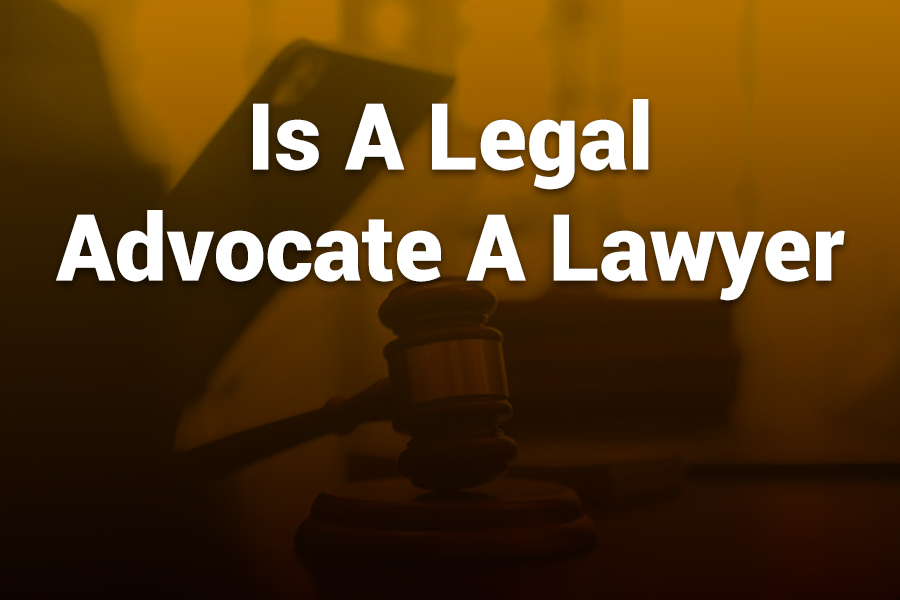
Sexual harassment is a serious issue that affects millions of people across workplaces, schools, public spaces, and even digital environments. It violates personal dignity and creates unsafe conditions that can harm both emotional and professional well-being.
According to the U.S. Equal Employment Opportunity Commission (EEOC), thousands of sexual harassment complaints are filed every year, and many more go unreported due to fear or stigma. Understanding what constitutes sexual harassment is the first step toward prevention and protection.
Here, you’ll learn the main types of sexual harassment, their characteristics, examples, and how to identify and address them effectively.
Understanding Sexual Harassment
Sexual harassment involves unwelcome behavior of a sexual nature that can make a person feel offended, humiliated, or intimidated. It’s not limited to physical contact; it can include words, gestures, or visual materials.
The law recognizes sexual harassment as a form of sex discrimination, particularly in the workplace or educational institutions, under Title VII of the Civil Rights Act of 1964. While anyone can experience it, women and members of marginalized communities are statistically more likely to face it.
According to a 2024 EEOC report, approximately 18,000 sexual harassment cases were reported annually in the U.S., with women accounting for around 78% of the complaints. However, experts believe the true number is significantly higher, as many individuals remain silent due to fear of retaliation or job loss.
The Two Major Categories of Sexual Harassment
Legal frameworks and social experts commonly classify sexual harassment into two major types: quid pro quo and hostile work environment. Both are serious, but they differ in how they occur and the power dynamics involved.
1. Quid Pro Quo Sexual Harassment
The Latin phrase “quid pro quo” means “this for that.” In this context, it refers to situations where a person in a position of authority demands sexual favors in exchange for workplace benefits or to avoid negative consequences. This type of harassment often involves an imbalance of power, such as between a supervisor and an employee, a teacher and a student, or a manager and a trainee.
For example, a supervisor might imply that an employee will receive a promotion, raise, or special privilege if they agree to engage in sexual activity. Alternatively, the threat could involve job loss, poor performance evaluations, or undesirable shifts if the request is denied.
Quid pro quo harassment is clear-cut and often easier to prove because it typically involves direct propositions or threats linked to employment decisions. However, it can also occur subtly, through implied suggestions rather than overt statements.
2. Hostile Work Environment Sexual Harassment
A hostile work environment occurs when a person’s workplace becomes intimidating, abusive, or offensive due to repeated sexual behavior or comments. Unlike quid pro quo harassment, this type doesn’t necessarily involve a superior-subordinate relationship. The behavior can come from a co-worker, client, customer, or even a contractor.
For example, an employee might experience constant inappropriate jokes, unwanted physical contact, or the display of sexually explicit images. The harassment creates an environment where the victim feels unsafe, humiliated, or unable to perform their job effectively.
To qualify as a hostile environment legally, the conduct must be severe or pervasive enough that a reasonable person would find it intimidating or abusive. One isolated comment might not be sufficient, but ongoing behavior over time can establish a clear pattern of harassment.
Subcategories and Common Forms of Sexual Harassment
Beyond these two main categories, sexual harassment takes on several subforms that vary in intensity and context. Understanding these helps recognize how harassment manifests in everyday life.
Verbal Sexual Harassment
This type involves spoken or written words that are sexual or suggestive in nature. It can include:
- Lewd jokes or sexual innuendos
- Comments about someone’s body or appearance
- Repeated requests for dates after refusal
- Sexually explicit emails, texts, or social media messages
While verbal harassment may seem less serious to some, it can create emotional distress and foster a toxic environment.
Physical Sexual Harassment
This includes any unwelcome physical contact of a sexual nature. Common examples are:
- Unwanted touching, hugging, or kissing
- Brushing against someone intentionally
- Blocking someone’s path in a suggestive way
- Attempted or actual sexual assault
Physical harassment is often the most recognizable and can quickly escalate into criminal behavior if not addressed.
Visual or Nonverbal Sexual Harassment
This form includes behaviors that rely on gestures, images, or physical displays. Examples include:
- Showing sexually explicit photos or videos
- Displaying pornographic material in shared spaces
- Making sexual gestures or lewd facial expressions
- Staring or leering in a way that makes someone uncomfortable
Even without words, these actions can create a hostile and unsafe environment.
Online or Digital Sexual Harassment
As remote work and digital communication increase, so do incidents of online sexual harassment. This includes:
- Sending sexually explicit messages, images, or videos
- Using video calls to make inappropriate comments or gestures
- Posting offensive remarks or private photos on social media
- Cyberstalking or sending repeated unwanted digital contact
Online harassment is increasingly recognized under workplace and legal policies, with many organizations updating their codes of conduct to include digital spaces.
Gender-Based Harassment
Not all harassment involves sexual advances. Gender-based harassment targets individuals based on their gender or gender identity, even without explicit sexual behavior. For example, mocking someone’s gender expression, making sexist remarks, or excluding someone because they don’t conform to gender stereotypes can all qualify as sexual harassment under anti-discrimination laws.
Third-Party or Bystander Harassment
Sometimes, a person can experience harassment indirectly by witnessing it. For instance, hearing constant inappropriate jokes or seeing others being targeted can make someone feel uncomfortable and create a hostile environment, even if the behavior isn’t directed at them. U.S. courts have recognized that bystanders can also suffer harm from such environments.
Retaliatory Harassment
After someone reports sexual harassment, they might face retaliation from co-workers or supervisors. This could include being excluded from meetings, receiving unfair criticism, or being reassigned to undesirable tasks. Retaliatory behavior is illegal and constitutes another form of harassment under federal law.
Recognizing the Impact of Sexual Harassment
Sexual harassment doesn’t just harm victims emotionally—it also affects productivity, morale, and organizational reputation. According to a 2023 study by the Center for Employment Equity, companies that mishandle harassment claims often experience higher employee turnover, reduced job satisfaction, and reputational damage that can affect long-term success.
For individuals, the impact can include anxiety, depression, loss of confidence, and even post-traumatic stress disorder (PTSD). Victims may take more sick days, avoid the workplace, or leave their jobs entirely. The economic consequences are also significant; women who experience harassment can lose an average of $1.3 million in lifetime earnings due to career interruptions and job changes.
How to Identify Sexual Harassment Early
Recognizing early warning signs can help prevent escalation. Here’s what to watch for:
- Unwelcome sexual comments or gestures that persist even after objection
- Power-based manipulation where career advancement depends on personal compliance
- Colleagues dismissing or normalizing inappropriate behavior
- Feeling unsafe or uncomfortable in someone’s presence
- Being excluded or targeted after reporting an incident
If any of these signs appear, it’s important to document the incidents with dates, times, and details. Reporting them to HR or a legal authority is essential for resolution.
Legal Protection and Reporting Options in the U.S.
Under U.S. federal law, Title VII of the Civil Rights Act prohibits sexual harassment in workplaces with 15 or more employees. The EEOC enforces this law and investigates complaints. Many states also have additional protections that extend to smaller employers or independent contractors.
To file a complaint, individuals can contact the EEOC within 180 days of the incident or use internal workplace reporting channels. If the investigation finds evidence of harassment, the EEOC may attempt mediation or, in some cases, pursue legal action against the employer. Victims may also file private lawsuits seeking compensation for emotional distress, lost wages, and punitive damages.
Employer Responsibilities
Employers are legally required to provide a safe work environment and prevent harassment. This includes:
- Implementing clear anti-harassment policies
- Conducting regular employee training
- Establishing confidential reporting mechanisms
- Ensuring no retaliation occurs after complaints
Recent EEOC data shows that organizations with proactive education programs and swift disciplinary action see up to a 40% reduction in harassment claims. Prevention and education are the most effective strategies.
Preventing Sexual Harassment Through Awareness and Action
Prevention begins with awareness. Every organization and individual should understand what constitutes sexual harassment and how to stop it. Here are a few effective prevention steps:
- Encourage open discussions about respect and workplace boundaries
- Provide mandatory training on recognizing and reporting harassment
- Foster a culture of accountability where everyone is responsible for respectful conduct
- Support victims through counseling and unbiased investigation processes
Individuals also play a key role. Speaking up, supporting colleagues, and reporting early signs of misconduct are vital in building safe, inclusive environments.
Conclusion
Sexual harassment takes many forms, from overt physical actions to subtle verbal comments or online misconduct. Recognizing the different types—quid pro quo, hostile environment, verbal, physical, visual, and digital—is critical for both prevention and justice.
The fight against harassment depends on education, awareness, and collective accountability. Whether in workplaces, schools, or online platforms, everyone deserves safety, respect, and equality. Understanding your rights and recognizing the warning signs can empower you to act confidently and contribute to a harassment-free environment.






